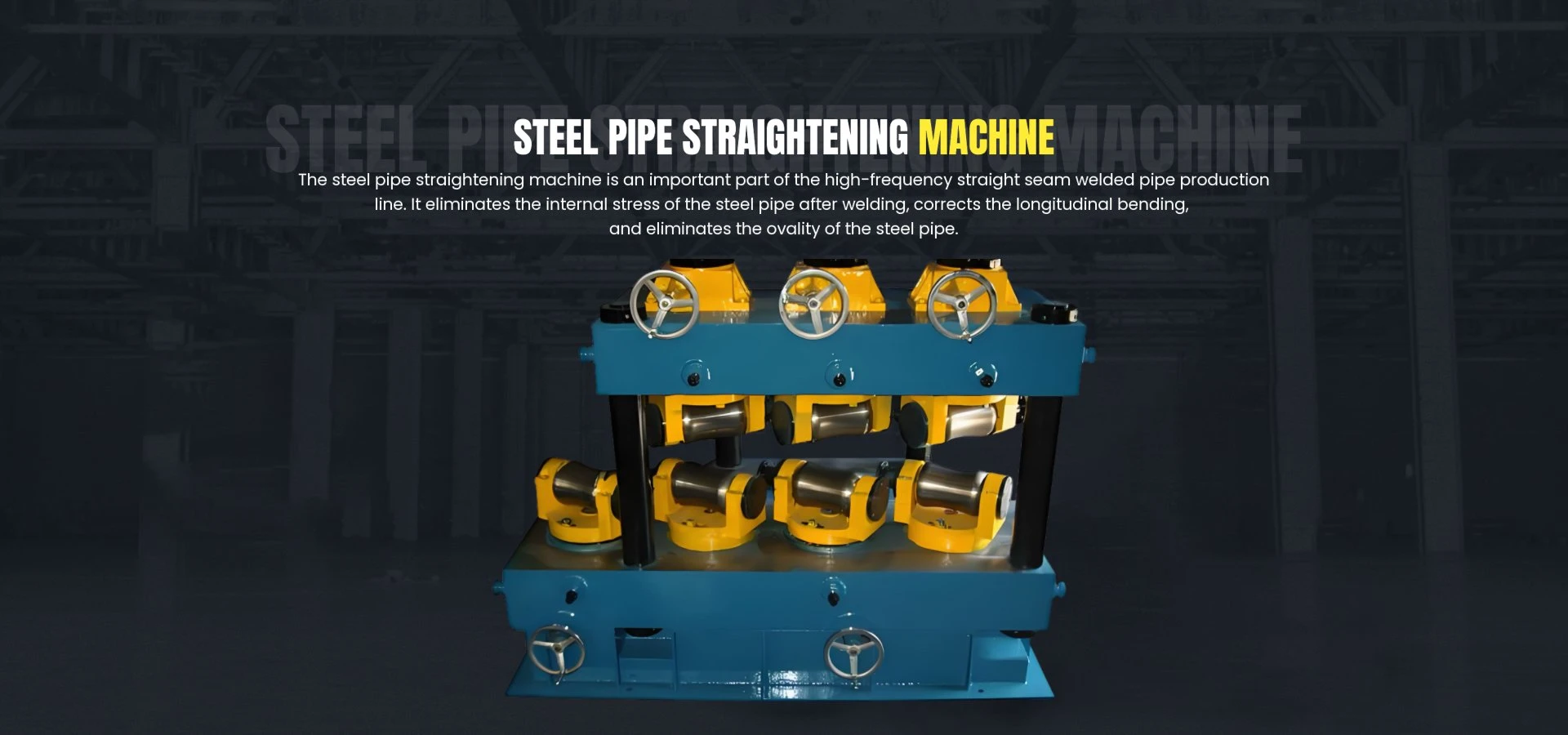Understanding the Roll Forming Process for Metal Fabrication Techniques
Roll Forming Process A Comprehensive Overview
Roll forming is a continuous bending operation that converts a long strip of metal into a desired cross-sectional profile. This manufacturing process is widely used in various industries, including construction, automotive, and appliances, due to its efficiency, precision, and flexibility. In this article, we will explore the intricacies of the roll forming process, its advantages, applications, and key considerations for successful implementation.
The Roll Forming Process
The roll forming process involves feeding a flat metal strip through a series of rollers, which progressively shape the strip into the desired profile. The process begins with the selection of the appropriate material, typically cold-rolled steel, galvanized steel, or aluminum, depending on the end use. The material is then fed into the roll forming machine, where it passes through various sets of rollers that shape the strip into a specific cross-section.
Each set of rollers is designed to perform a specific task in the shaping process, gradually bending the metal until it reaches the desired configuration. The process can be designed for both symmetrical and asymmetrical shapes, making it highly versatile. Once the metal strip is formed, it can be cut to length using a variety of methods, such as shearing or automated cutting systems.
Advantages of Roll Forming
1. Cost-Effectiveness Roll forming is known for its low production costs, especially for high-volume runs. The continuous operation minimizes waste and reduces labor costs, making it an attractive option for manufacturers.
2. Precision and Consistency One of the primary benefits of roll forming is its ability to produce highly precise and consistent parts. The process can achieve tight tolerances and uniformity, which is crucial in industries where quality and specifications are paramount.
3. Versatility Roll forming can be used to create a wide array of shapes and profiles, from simple angles to complex geometric designs. This versatility allows manufacturers to cater to various market demands and customize products to meet specific customer needs.
4. Material Efficiency The roll forming process generates minimal scrap material, as it utilizes the entire width of the metallic strip. This efficient use of materials contributes to sustainability in manufacturing practices.
Applications of Roll Forming
Roll forming is applied in numerous industries for a variety of products, including
roll forming process

- Construction Structural components such as steel framing, roofing panels, and siding are frequently manufactured using roll forming due to their strength and durability.
- Automotive The automotive industry utilizes roll forming for producing components like chassis parts, brackets, and trim pieces, benefiting from the process's efficiency and precision.
- Appliances Roll formed parts are common in household appliances, such as washing machines and refrigerators, where specific profiles are needed to mount components or enhance structural integrity.
- Furniture Roll forming is also employed in the production of furniture frames and supports, allowing for innovative designs and sturdy construction.
Key Considerations
When implementing the roll forming process, several key considerations should be taken into account
- Material Selection Choosing the right material is critical to achieving the desired properties of the final product. Factors such as strength, ductility, and corrosion resistance must be assessed.
- Roll Design The design of the rollers directly impacts the quality and accuracy of the formed profile. Advanced CAD software can assist in the design process, ensuring optimal results.
- Equipment Maintenance Regular maintenance of the roll forming machine is essential to ensure consistent performance. This includes monitoring roller wear and alignment, as well as lubrication and other routine checks.
Conclusion
The roll forming process is an innovative and efficient manufacturing method that provides a wealth of advantages, from cost savings to material efficiency. Its versatility across various industries makes it a key player in modern manufacturing. By understanding the intricacies of this process and considering critical factors for implementation, manufacturers can harness the full potential of roll forming to produce high-quality, tailored products that meet the demands of today’s market. As industries continue to evolve, roll forming stands as a fundamental technique that will play a vital role in the future of manufacturing.
-
High Frequency Straight Seam Welded Pipe Production Line-BzZhou Xinghua Machinery Equipment Manufacturing Co., LTD.|Precision Welding, High EfficiencyNewsJul.30,2025
-
High Frequency Straight Seam Welded Pipe Production Line|BzZhou Xinghua|Precision Welding&EfficiencyNewsJul.30,2025
-
High Frequency Straight Seam Welded Pipe Production Line - BzZhou Xinghua|Precision Engineering&EfficiencyNewsJul.30,2025
-
High-Frequency Straight Seam Welded Pipe Production Line-BzZhou Xinghua Machinery Equipment Manufacturing Co., LTD.NewsJul.30,2025
-
High-Frequency Straight Seam Welded Pipe Production Line-BzZhou Xinghua Machinery Equipment Manufacturing Co., LTD.|Precision Manufacturing, High EfficiencyNewsJul.30,2025
-
High Frequency Straight Seam Welded Pipe Production Line-BzZhou Xinghua Machinery Equipment Manufacturing Co., LTD.|Precision Steel Pipe Manufacturing&Industrial EfficiencyNewsJul.29,2025


